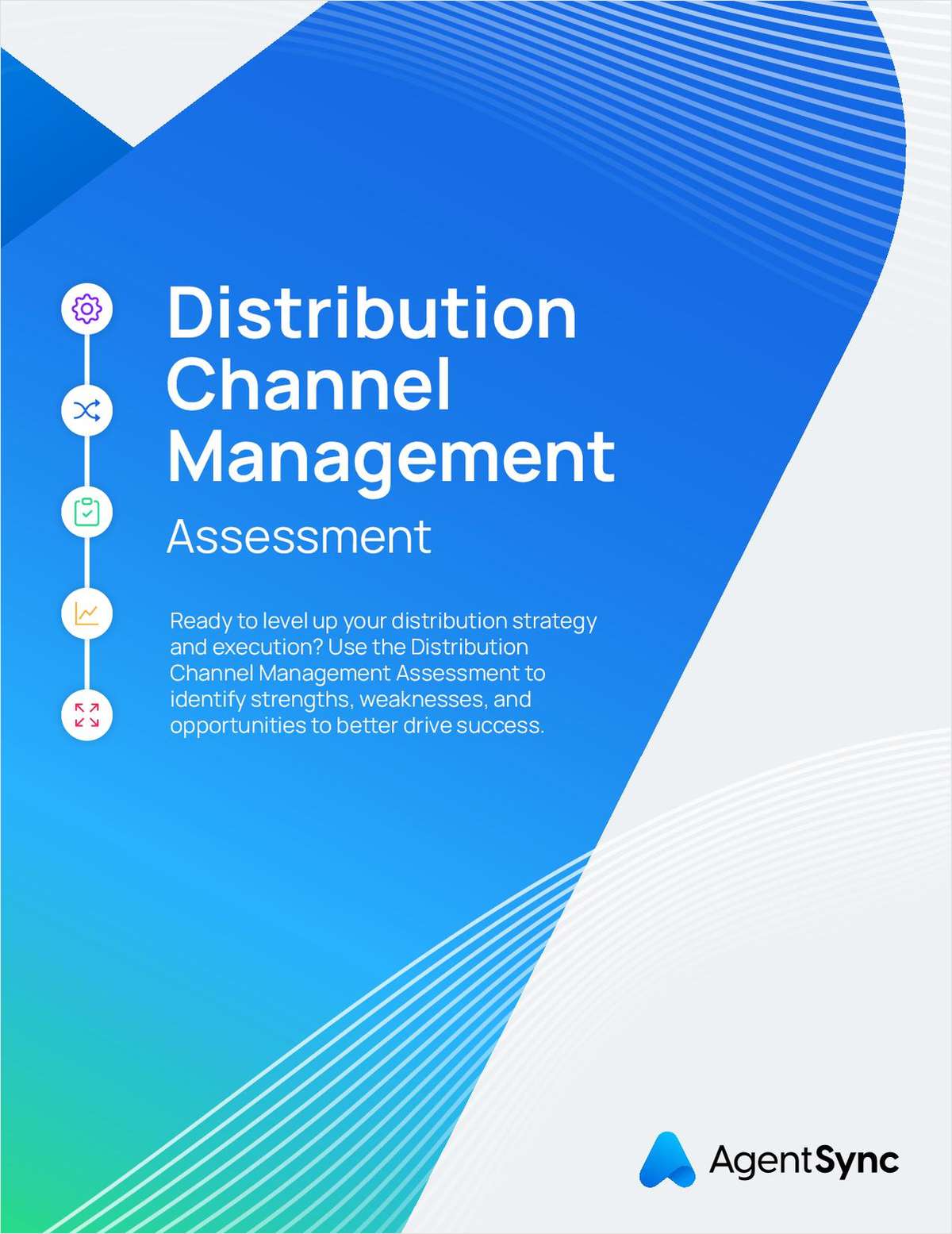Lawyers are hopeful that last week's decision by the U.S. Supreme Court to review an Oregon punitive damage award will help reduce even further the soaring cost of civil litigation to insurers. The court is expected to hear oral arguments in the case in November or December.
The case is being reviewed against the background of two new, more conservative judges on the top court and passage last year in Congress of the Class Action Fairness Act of 2005–designed to reduce abuses by helping defendants move cases to the federal court system.
Three years ago, in a case involving State Farm, the Supreme Court set constitutional boundaries on the ratio courts can use to reward punitive damages as against compensatory damages.
Lawyers said the high court's decision to review Phillip Morris USA vs. Williams could help reduce the soaring cost of punitive damage awards.
“The most recent Supreme Court decision, in the State Farm case, held that the ratio of punitive damages to compensatory damages shouldn't generally exceed single digits, 9-1, and the Oregon case in question here vastly exceeds that ratio,” said Darren McKinney, a representative for the American Tort Reform Association. “Needless to say, we are hopeful that the Supreme Court will this time make it much clearer as to what its thinking is on punitive damages.”
In the State Farm case, a Utah jury had assessed compensatory damages of $1 million and punitive damages of $145 million. The case dealt with State Farm's initial refusal to settle a claim for a policyholder. The Supreme Court later reversed that, with Justice Anthony Kennedy holding for the majority that the punitive damages were “neither reasonable nor proportionate to the wrong committed.”
In the latest case, the Oregon Supreme Court upheld a jury verdict that granted the widow of a longtime smoker $821,485.50 in compensatory damages and $79.5 million in punitive damages–a 97-to-1 ratio.
“I think this is a critical opportunity to help lower courts,” said Lori Nugent, who chairs the enterprise risk practice group at Cozen O'Connor in Chicago.
Frequently, she said, “we see lower courts struggling with the comparative weight to place on the reprehensibility guideposts and the ratio guideposts.” (See infographic.) “They also frequently struggle with whether reprehensibility goes to the horrible nature of the conduct or to the mental state of the individuals involved with the plaintiffs,” as well as grappling with “the weight and admissibility of evidence pertaining to nonparty injuries. This decision could address all of these issues.”
with gavel shot:
Want to continue reading?
Become a Free PropertyCasualty360 Digital Reader
Your access to unlimited PropertyCasualty360 content isn’t changing.
Once you are an ALM digital member, you’ll receive:
- Breaking insurance news and analysis, on-site and via our newsletters and custom alerts
- Weekly Insurance Speak podcast featuring exclusive interviews with industry leaders
- Educational webcasts, white papers, and ebooks from industry thought leaders
- Critical converage of the employee benefits and financial advisory markets on our other ALM sites, BenefitsPRO and ThinkAdvisor
Already have an account? Sign In Now
© 2024 ALM Global, LLC, All Rights Reserved. Request academic re-use from www.copyright.com. All other uses, submit a request to [email protected]. For more information visit Asset & Logo Licensing.








